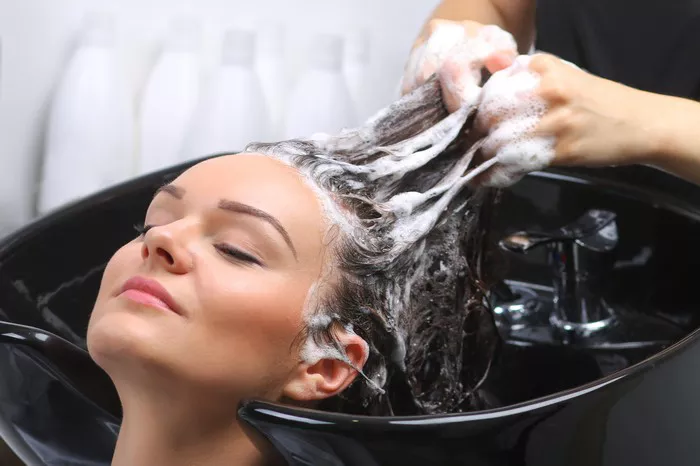A historical catchphrase from 1935, “Better things for better living through chemistry,” once embodied society’s optimism about scientific progress, glorifying the potential of synthetic compounds to revolutionize convenience and effectiveness. However, as time has progressed, the allure of synthetic formulations has collided with concerns over their true efficacy and potential harm.
Fast-forwarding to the present, the abundant presence of synthetic compounds on our planet, underscored by their environmental impact, prompts scrutiny into the effects of these substances on our personal health. The realm of personal care products, particularly shampoo, is no exception.
While offering the conveniences of stability, fragrance, and lather, many modern shampoos rely on contemporary chemicals that might not bode well for our hair’s well-being or the environment when they wash down the drain.
A case in point is sodium lauryl sulfate (SLS), a once-heralded ingredient that has garnered attention for its irritant properties. Notably, SLS, which is also utilized in cleaning products, might be a factor contributing to hair loss, as revealed by AARP and Dr. Robert Dorin, a hair specialist and restoration surgeon from New York City.
It’s important to acknowledge that multiple factors could contribute to hair thinning, and consulting a healthcare professional is advisable. However, the labels on hair products warrant scrutiny. Certain ingredients, particularly foamers, thickeners, and preservatives, have drawn attention for their potential impact on hair health.
Ingredients to Watch Out For:
Foamers and Thickeners:
Sodium lauryl sulfate (SLS): Although it provides a bubbly lather, SLS might strip hair of essential oils and halt growth due to its protein-depleting effects.
Sodium chloride: Used as a thickener alongside SLS, it can lead to a dry, itchy scalp and exacerbate hair loss.
Polyethylene glycol (PEG): This thickener can rob hair of moisture.
Preservatives:
Formaldehyde releasers: Ingredients like diazolidinyl urea, imidazolidinyl urea, DMDM hydantoin, quaternium-15, 2-bromo-2-nitropropane-1,3-diol, and sodium hydroxylmethylglycinate may release formaldehyde, a cancer-causing compound.
Parabens: Found in products as preservatives, parabens’ estrogen-mimicking nature might influence hair loss and disrupt the endocrine system.
Irritants:
Diethanolamine (DEA) & triethanolamine (TEA): These synthetic ingredients could impair the hair’s natural keratin and lead to scalp irritation.
Fragrances and artificial colors: Proprietary “fragrance” or “parfum” listings often encompass undisclosed synthetic chemicals, some of which can trigger allergies, skin issues, and even respiratory distress.
While the complexities of these ingredients and their implications might not be widely known, the industry has responded with alternative solutions, including homemade formulations and even a movement away from traditional shampoo altogether.
In our quest for modern convenience, it’s vital to be discerning consumers, as the world becomes increasingly aware of the intricate interplay between synthetic compounds and our well-being.


